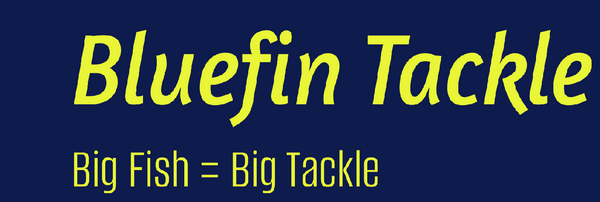
The Uni Knot: A Comprehensive Guide
Share
The Uni Knot: A Comprehensive Guide
Introduction
The Uni Knot, also known as the Duncan Loop or Grinner Knot, is a highly versatile and reliable fishing knot. It is widely used by anglers for securing fishing lines to hooks, swivels, and lures. Its simplicity, strength, and adaptability make it a favorite among both beginners and seasoned fishermen. This article explores the history, uses, variations, and step-by-step instructions for tying the Uni Knot, ensuring that you can incorporate this knot into your fishing arsenal with confidence.
History and Background
The Uni Knot was popularized by Norman Duncan, a fishing enthusiast who introduced it as a strong and adaptable alternative to traditional fishing knots. Over time, it gained widespread recognition due to its ease of use and effectiveness in various fishing conditions. Today, it is one of the most recommended knots in sport fishing.
Advantages of the Uni Knot
The Uni Knot is favored for several reasons:
- Versatility: It works well with monofilament, fluorocarbon, and braided fishing lines.
- Strength: Maintains a high percentage of the line's original breaking strength.
- Adjustability: Can be used to form a sliding loop or snugly tighten around hooks and swivels.
- Ease of Tying: Simple and quick to tie, even in adverse weather conditions.
How to Tie the Uni Knot
Step-by-Step Instructions:
1. Thread the Line: Pass the end of the fishing line through the eye of the hook, swivel, or lure, giving yourself approximately 6-8 inches of tag end.
2. Form a Loop: Create a small loop by bringing the tag end parallel to the standing line.
3. Wrap the Tag End: Wrap the tag end around both the loop and the standing line 5-7 times, ensuring each turn is neatly stacked.
4. Tighten the Knot: Moisten the knot with saliva or water to reduce friction, then pull the tag end gently to snug the wraps together.
5. Secure and Trim: Pull the standing line firmly to slide the knot down to the hook eye, then trim the excess tag end for a clean finish.
Variations of the Uni Knot
The Uni Knot can be modified for different applications:
1. Double Uni Knot: Used for connecting two fishing lines of similar or different diameters. This variation involves tying two Uni Knots and pulling them together.
2. Sliding Uni Knot: Forms an adjustable loop that can be used for slip rigs or live bait fishing.
3. Snell Knot Variation: The Uni Knot can be adapted for snelled hooks, providing a strong connection for bait fishing.
Applications of the Uni Knot
The Uni Knot is not just for attaching hooks and swivels. It has multiple applications, including:
- Tying Leader Lines: Ideal for securing fluorocarbon or monofilament leaders to mainlines.
- Attaching Fishing Line to Reel Spools: A reliable method for starting a spool with strong attachment.
- Joining Two Lines: The Double Uni Knot is perfect for connecting different types of lines, such as monofilament to braided line.
Comparing the Uni Knot to Other Fishing Knots
While the Uni Knot is highly effective, anglers often compare it to other popular knots:
- Palomar Knot: Simpler and slightly stronger, but less versatile for different applications.
- Clinch Knot: Easier to tie but weaker under heavy strain.
- Improved Clinch Knot: More secure than the standard Clinch but still weaker than the Uni Knot.
- Snell Knot: Stronger for certain hook applications but not as versatile as the Uni Knot.
Common Mistakes and How to Avoid Them
Even though the Uni Knot is simple to tie, mistakes can weaken it. Here are some common errors and tips to avoid them:
- Not Wrapping Enough Times: Ensuring at least 5-7 wraps prevents slippage and enhances strength.
- Failing to Moisten the Knot: Always lubricate with water or saliva to prevent friction damage.
- Incorrect Tightening: Tighten slowly and evenly to avoid weak points in the knot.
- Using the Wrong Line Type: Some variations work better for braided lines, requiring extra wraps for security.
Final Thoughts
The Uni Knot is an essential skill for any angler due to its strength, versatility, and ease of use. Whether you're tying hooks, connecting lines, or securing reels, mastering this knot will enhance your fishing success. By following the proper technique and avoiding common mistakes, you can confidently rely on the Uni Knot for a wide range of fishing scenarios. Happy fishing!
